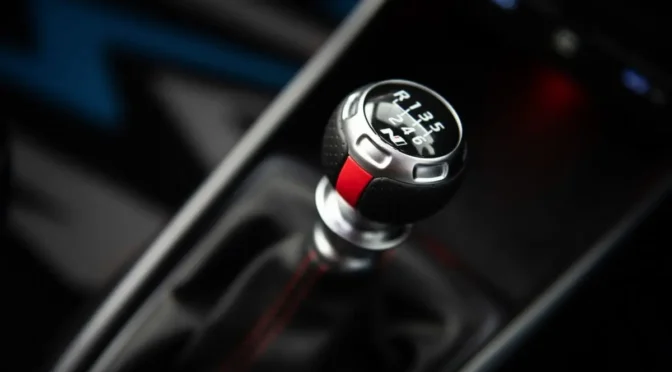Changing gears in a car is crucial for smooth driving and optimal vehicle performance. The method can vary depending on whether you’re driving a manual or automatic transmission. Here’s a breakdown for both types:
Manual Transmission
1. When to Change Gears:
- Starting Off: Begin in first gear. As you accelerate and the engine revs higher, you’ll need to shift to a higher gear.
- Accelerating: Shift to a higher gear when the engine reaches around 2,500-3,000 RPM (revolutions per minute), though this can vary based on the car.
- Cruising: Use higher gears for cruising to maintain fuel efficiency and reduce engine strain.
- Decelerating/Stopping: Shift to lower gears as you slow down, and eventually, you may need to shift into first gear when coming to a complete stop.
2. How to Change Gears:
- Depress the Clutch: Push the clutch pedal fully to disengage the engine from the transmission.
- Move the Gear Lever: Shift the gear lever to the desired gear.
- Release the Clutch Smoothly: Gradually release the clutch pedal while simultaneously applying throttle to match the engine speed with the new gear.
Tips:
- Upshifting: Accelerate smoothly and avoid over-revving the engine.
- Downshifting: If you’re slowing down, downshift to maintain power and control. Rev the engine slightly (known as “rev-matching”) to smooth out the transition.
- Avoid Coasting: Coasting in neutral can reduce control and increase wear on the transmission.
Automatic Transmission
1. When to Change Gears:
- Normal Driving: The transmission automatically shifts gears based on your speed and throttle input.
- Manual Mode (if available): Some automatics allow manual shifting. Use this mode to downshift for more power (e.g., when overtaking) or upshift to save fuel.
2. How to Change Gears:
- Shift Lever: Use the gear shift lever to select your driving mode (e.g., Park, Reverse, Neutral, Drive).
- For Manual Mode: If you’re using a manual mode or paddle shifters, follow the same general principle of upshifting or downshifting based on your speed and desired performance.
Tips:
- Avoid Frequent Gear Shifts: Let the transmission handle gear changes unless you need specific performance.
- Use Parking Brake: Always use the parking brake when parking to avoid putting unnecessary strain on the transmission.
In both cases, smooth transitions and proper timing are key to maintaining vehicle performance and longevity. If you’re unsure or new to driving a manual transmission, practicing in a safe area can help you get a feel for when and how to shift gears effectively.
 0405 477 217
0405 477 217




 Enquire Now
Enquire Now